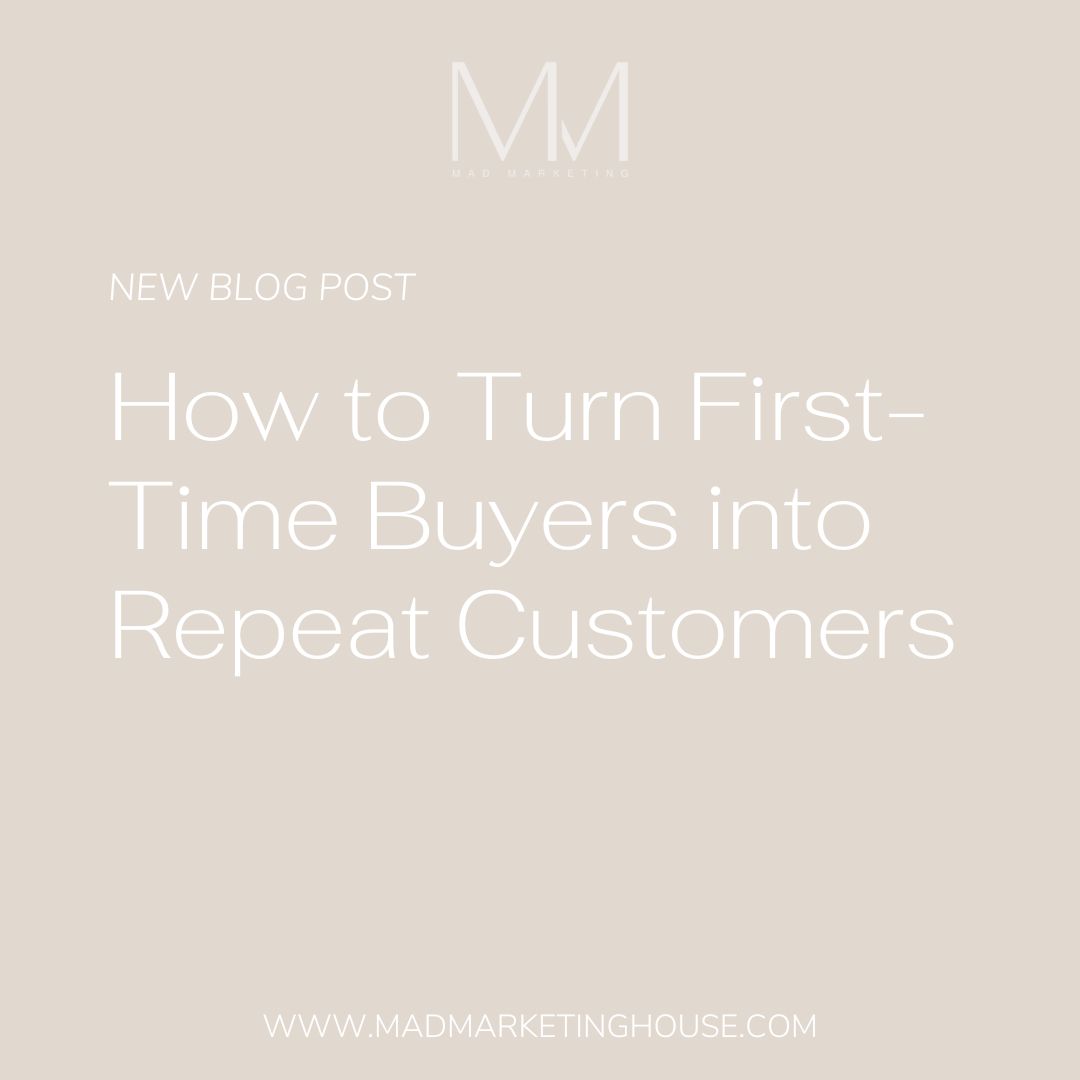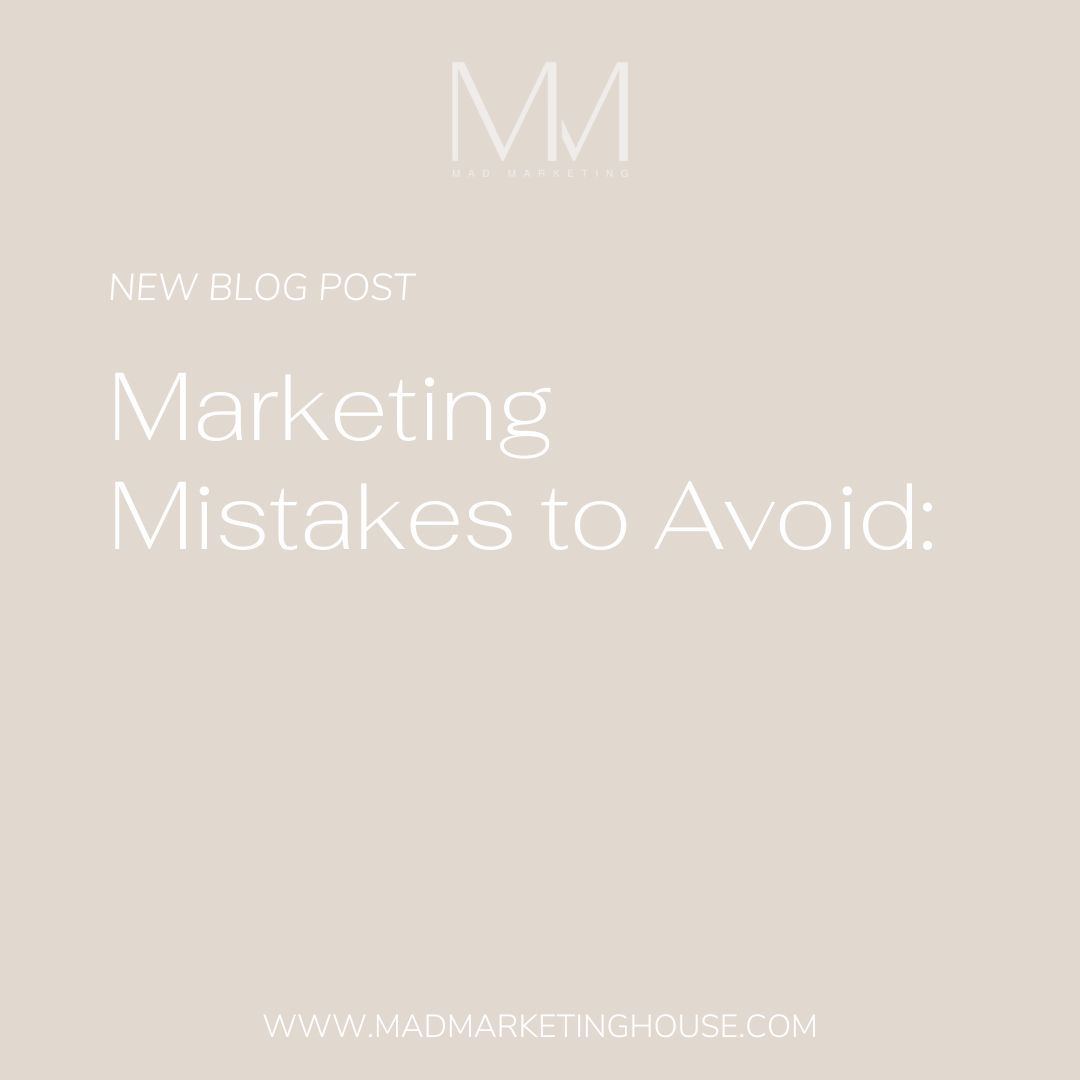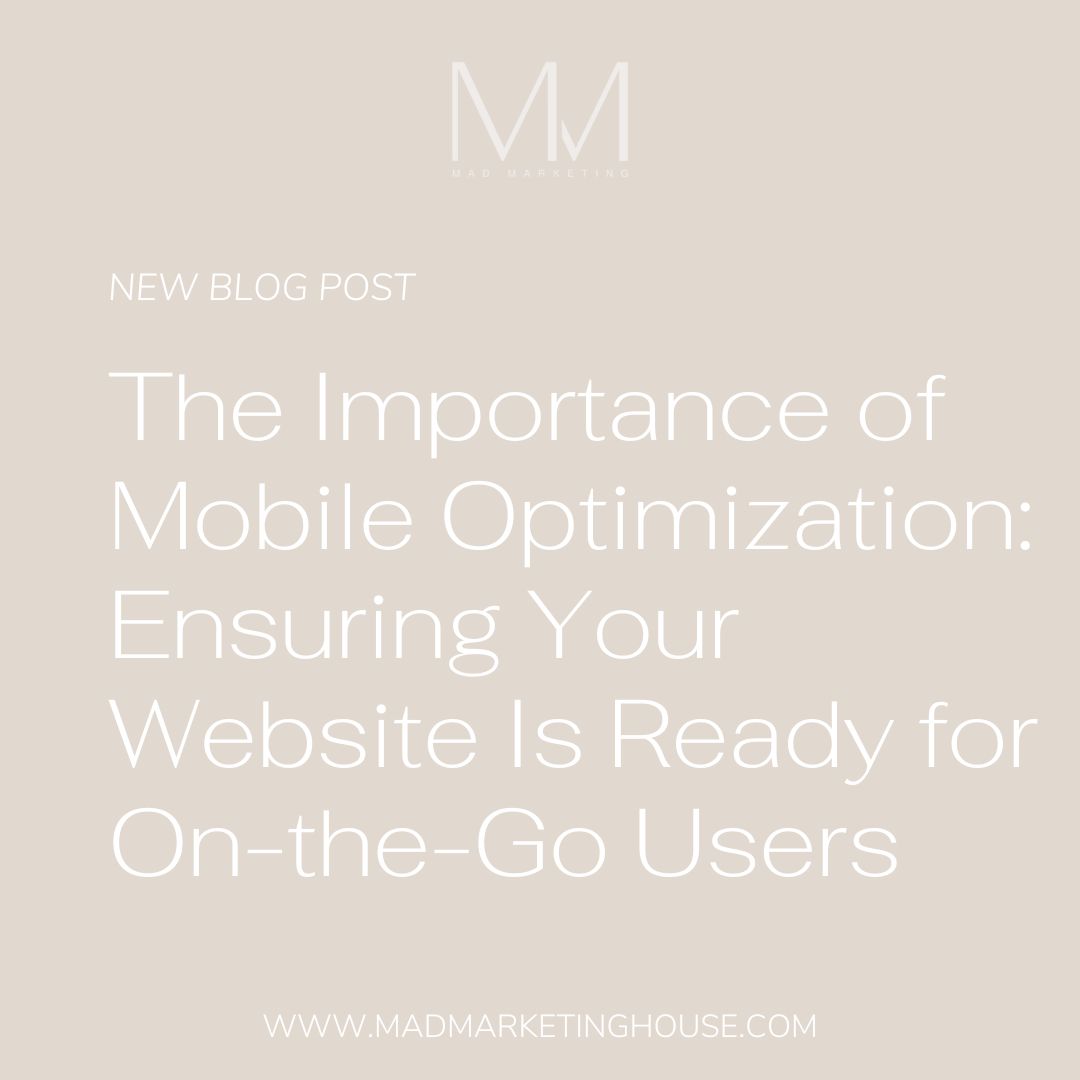In today’s day and age, content creation is vital for growing your business. It has become apparent that not just any content is going to help you do that, though. With the algorithms for social channels constantly changing and search engine optimization being difficult to master, how do you know what you need to post? Where do you even start? It is so much more than throwing a photo on Instagram; you have to have a plan.
Before we begin, there are a few key things to remember. Content created in bulk is the most efficient way to build your content plans. Chaotic social media will never produce the growth you want for your business; planning the content is what makes the goals from your social media strategy come to life. So, let’s get started.
-
Determine your audience
One of the most important things when it comes to creating content is understanding your audience; you can plan all day long, but if you are planning for the wrong people, you will likely not get anywhere. You need to understand who they are, what their pain points are, what platforms they are using, and what type of content they are responding to and engaging with. Developing this kind of information is often known as personal research; you can utilize a platform to build one for you, like the one featured on HubSpot, accessible here. You are also free to build your own; a buyer persona is a representation of your ideal customer based on real data on your current customers and other relevant market research, such as age demographics and hobbies.
-
Identify your platforms
After building out your persona(s) and understanding your audience, it is time to determine which platforms are going to get the most of your efforts. You are more than welcome to post everywhere! However, in order to get the most out of your content creation and time, it is best to know which digital platforms you want to utilize before starting the rest of your content plans. Each channel will require a different type of content, so it is important to be prepared. The platforms you decide to publish content to needs to be based on where your audience lives. Your research should tell you which platforms your audience is active on, but you can also look into user demographics for different platforms (like Instagram, TikTok, Pinterest, et cetera) and compare to your audience’s demographics.
-
Define a goal
Goals will be how you determine if your content is performing well. It is important to remember that best goals are SMART – specific, measurable, actionable, relevant, and time-bound. In each goal, you need to have a time-range with action steps and KPIs (key-performance indicators). Additionally, they should be relevant to your content and specific enough that anyone that reads them, understands them. Do you want to grow your followers with the content or sell a product? Are you looking for engagement, reach, or both? These are important questions to ask yourself when defining your goals.
-
Brainstorm ideas
In the beginning, you want to get all of your ideas out of your head. So, grab a pen and paper and start writing. Anything that comes to mind, write it down. Let your creative juices flow. After that, mark out anything that cannot generate more ideas for you or that is not connected to your marketing goals in some way. You want everything you post to link back to your overall campaign. If you are feeling stuck, look at your competition’s content, review your past content and what was successful, or you can pull inspiration from sites like Feedly or BuzzSumo.
If you have a team, collaborate with them. Put your brains and ideas together; think about how you will create your emails, social media posts, blogs, and so on. Do your ideas flow from one platform to another? Communicate with one another to see how you can make it better. If you are only one person, bounce ideas off another content creator friend or someone else within the business’ team. Pick the best ideas that are the most versatile and get ready for step 5.
-
Create a workflow
This is where you will bring your best ideas from the brainstorming session to life. Determine how things will flow; will you produce photo content and then captions or vice versa? Do social media posts come before or after you have written your blog posts? Give yourself an organized timeline of how you want things to flow; set deadlines for yourself. For example, all your Pinterest and Instagram posts are due May 30th. If there is a team of people, decide who is in charge of what. The social media manager may be in charge of Instagram posts while the copywriting team is in charge of the blogs and ads. Remember to give yourself a grace period when setting your deadlines. If you think you can finish it in 2 days, plan for 3. This will give you a cushion if something goes wrong. Additionally, it is a good idea to “reduce, reuse, and recycle” as often as possible. This just means taking content from one platform and reusing it on another. This can be taking a YouTube video and using clips to make a reel or taking blog excerpts for Facebook captions. Plan this into your workflow and decide who is responsible for recycled content.
-
Organize and Schedule
Once you have created a workflow and produced the actual content, it is time to post it. Figuring out when to post can be difficult, especially now that you have tons of content to sort through. There are several tools you can use to determine when the best times to post are, especially for Meta platforms. View our last blog to figure out when to post for your audience on Meta platforms. You can find similar data on the backend of your website, through Google analytics, and other social platform’s analytics tools.
After you decide when to post your content, you must schedule the content for each platform. Many channels have built-in scheduling capabilities. However, you will have to go in and schedule them each individually. We recommend utilizing a scheduling platform like Social Champ or Hootsuite to efficiently schedule among all social platforms.
-
Measure Effectiveness
After content has been published, you need to measure the effectiveness of each piece. Remember to give your content time to perform; each type of content will need different times to produce results. Once you have given it time to perform, remember your goals and the KPIs you set. This is how you will measure if your content is helping you reach your goals or not. A few metrics you can view that will help are as follows
-
Social media content: reach, impressions, engagement
-
Blog posts: page views, bounce rate, average time on page
-
Podcasts: listeners, downloads, reviews
When looking at your performance, make note of what did well versus what did not. If there has been a trend, it is not wise or efficient to keep producing that type of content. Use your analytics to grow and re-evaluate your content plans and goals as necessary to ensure you are always moving forward.
While that seems like a lot, once you put it all into practice and get the experience under your belt, you will likely find it rather easy. If you are looking for help getting started, contact us today to learn more about our content packages and how we can help you.




